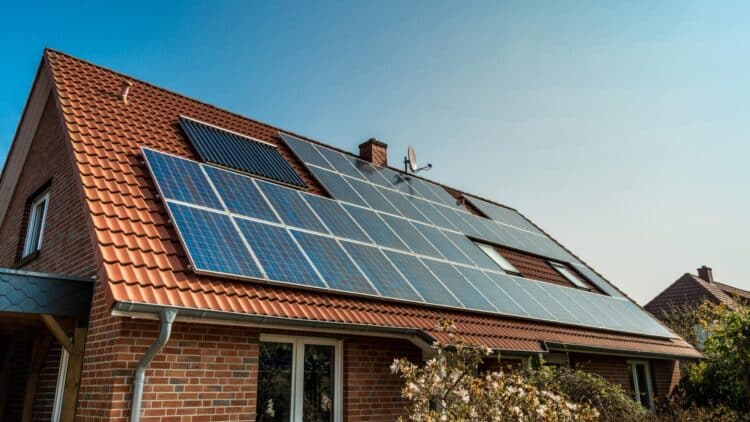It is often said that solar panels last an average of 25 to 30 years. But what happens to them after that? Do they have to be thrown away on their 30th anniversary? A Swiss study has analyzed panels installed between 1987 and 1993. These panels are now more than three decades old, but their longevity has surprised experts.
Contrary to industry expectations, the study conducted by Chemistry World shows that there is no planned obsolescence around solar panels, but rather that their durability—and energy efficiency—depends directly on the quality of the materials used to manufacture them.
The useful life of a solar panel
The study found some old panels that were still working reliably. Despite being over 30 years old, the panels analyzed still maintained 80% of their original power. This goes against the currently estimated degradation rate. While the modern industry standard is 0.5% to 0.8% per year, these old, high-quality panels had only lost 0.24% per year.
The key message for the industry is to emphasize the list of materials; showing the quality of the products used to manufacture the solar panel will give consumers an idea of what to expect from it.
Why did these panels work so well, even though they were created so long ago and the technology was not as good back then? The key lies in the use of robust materials (such as resistant EVA encapsulants) and solid construction. The key is not only in the silicon cell that creates electricity, but also in the materials that protect it, such as the glass, the frame, and the encapsulant.
Quality and price
The higher the quality of the solar panel’s construction, the higher the price we can expect to pay. To assess the quality of a solar panel, we need to look at two different things: the cells, which can be monocrystalline or new premium technologies (with greater purity and efficiency of 22% to 25% or more). And the encapsulants—which can be POE and double glass—to protect against moisture and heat.
When talking about prices, we must refer to dollars per watt (USD/W) as the industry standard. While a lower-quality solar panel will cost $2.75/W, a highly durable one will cost more than $3.40/W. However, the initial investment in quality will be more than recouped through a longer service life and greater energy production over the years. Even if a cheap solar panel is efficient in its early years, its efficiency will degrade, meaning you will have to replace it much sooner than you would with an expensive solar panel.
Solar panels and their waste
The end of the panels’ useful life is a major environmental challenge; they are sold to us as the greenest energy possible… But they never talk about how they end up in a landfill after they have been used. Although panels are recyclable (up to 96% of materials such as glass, aluminum, and silicon can be recovered), the reality is that it is not usually economically or structurally viable. In other words, it is actually cheaper to throw them away than to recycle them. Although there are European Union directives pushing the industry to recycle them, the reality is very different.
Other green energies such as wind turbines face the same problem. They have an average lifespan of 20 to 30 years, exactly the same as solar panels. The big problem with wind energy and its waste is the blades, which are made of fiberglass and composite materials that are not easy to recycle.
There may come a time when we throw our hands up in horror at how we have wasted materials by collecting energy so inefficiently. For now, experts are calling for the use of the best possible materials if we want these infrastructures to last beyond their expected lifespan. And you, are you thinking of putting solar panels on your house?

